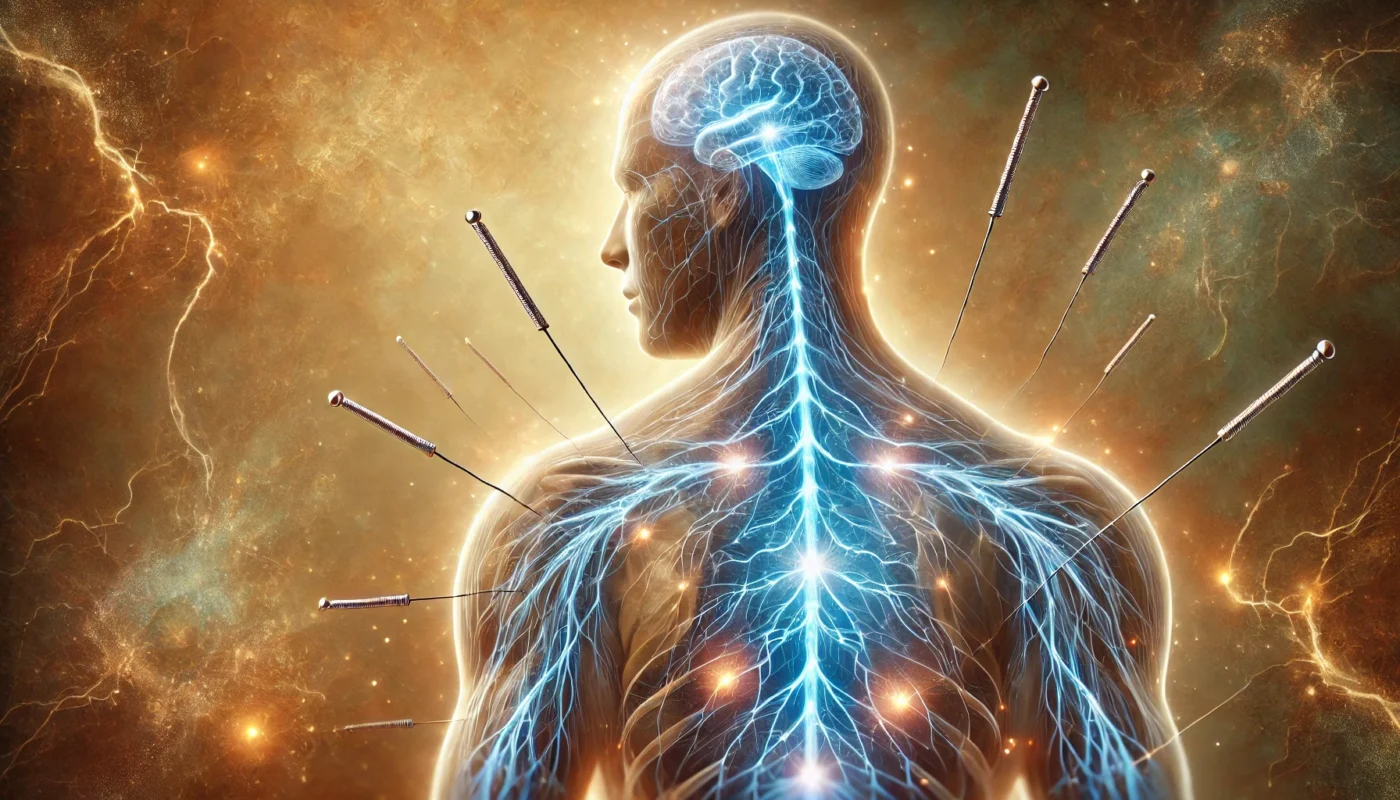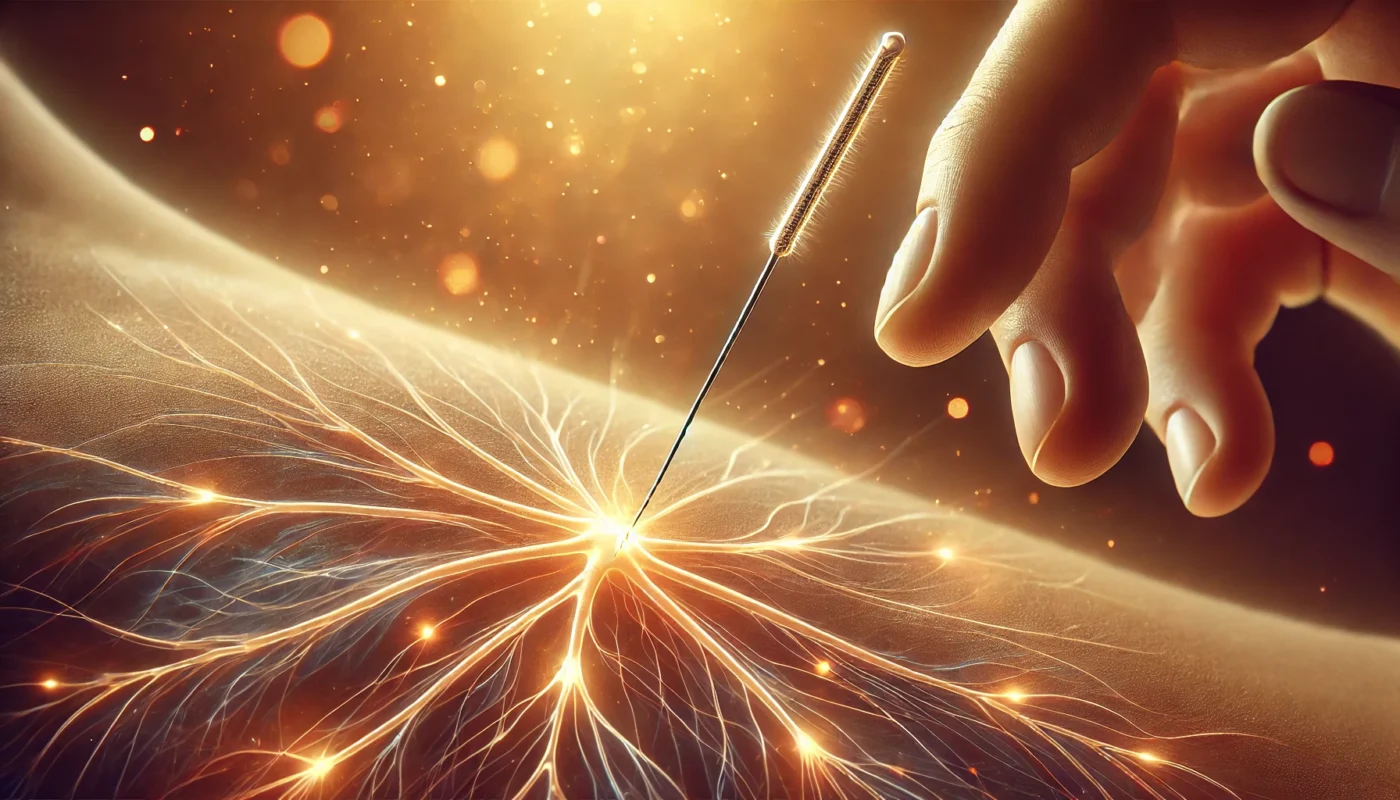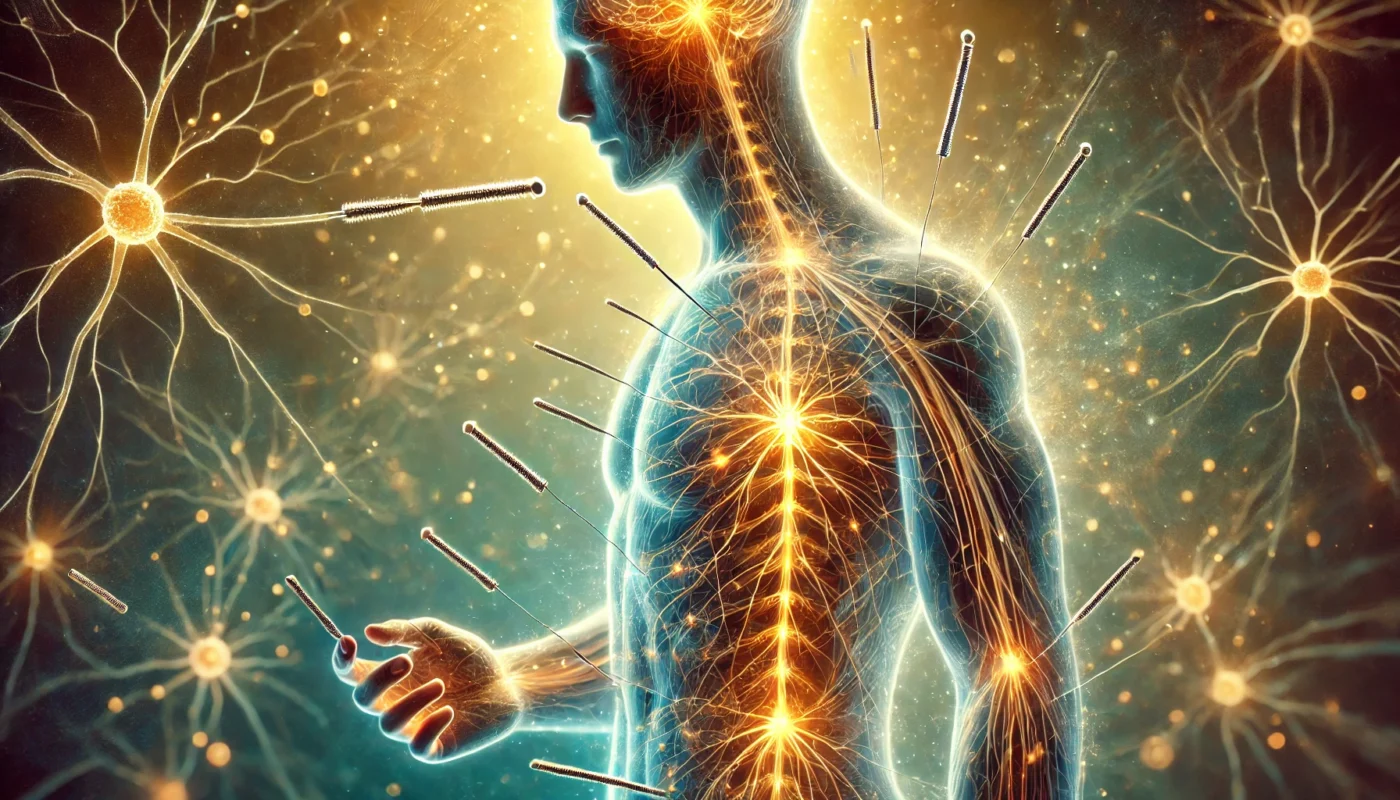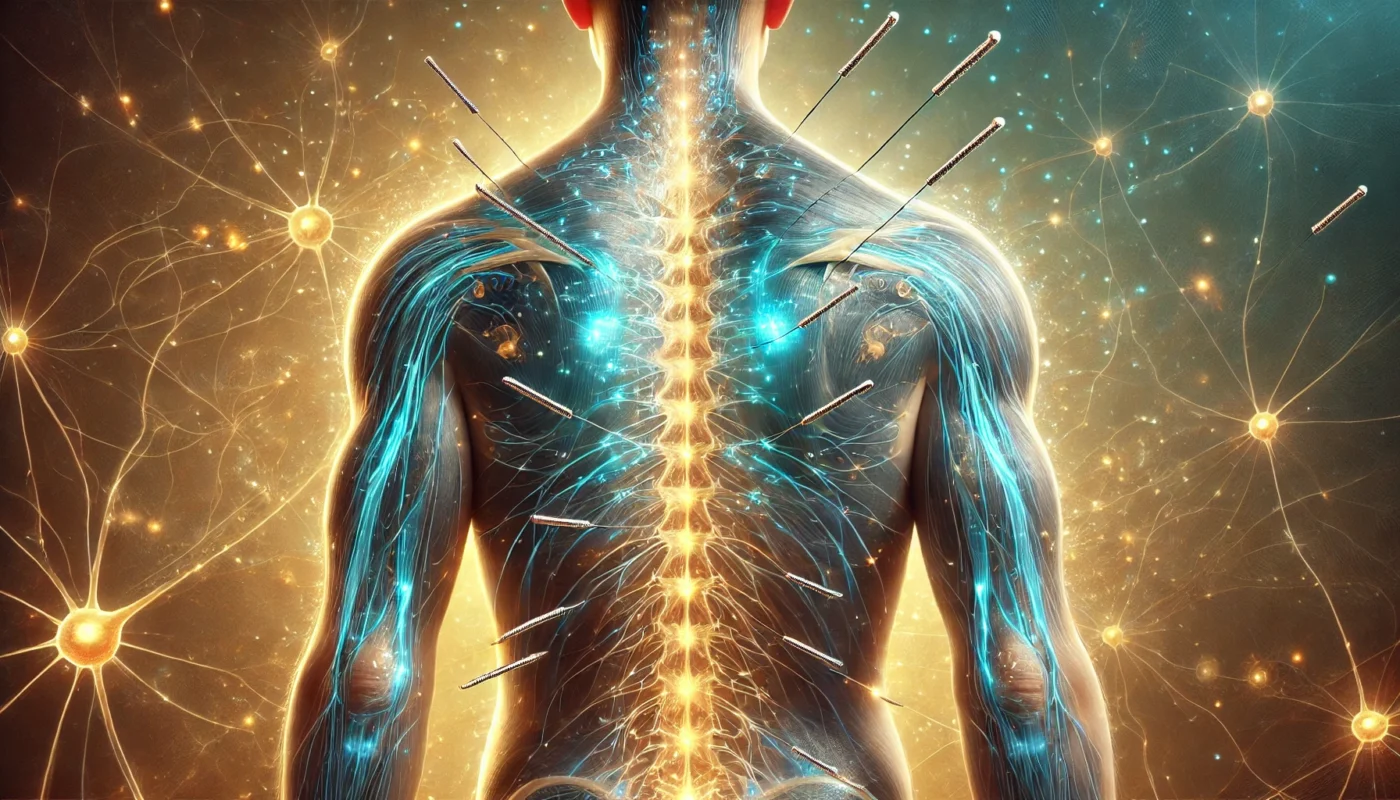Neuropathic pain is a chronic condition arising from damage to the nerves. This type of pain is notoriously difficult to treat with conventional medicine, often requiring a holistic approach. Symptoms can include burning sensations, tingling, numbness, and sharp, shooting pains, which significantly impact quality of life.
You may also like: Understanding Long-Term Pain Relief Options
The Complexity of Neuropathic Pain
Neuropathic pain is not just a physical ailment; it is a condition that disrupts the emotional and mental well-being of an individual. The persistent discomfort can lead to sleep disturbances, anxiety, and depression, creating a cycle that exacerbates the pain. Understanding this complexity is crucial for developing effective treatment plans that address more than just the physical symptoms.
Common Causes and Triggers
Neuropathic pain can stem from a variety of sources, including diabetes, shingles, multiple sclerosis, and traumatic injuries. Each condition presents unique challenges in managing nerve pain, as the underlying causes vary significantly. Identifying and understanding these causes are essential steps in tailoring an effective treatment strategy.
Long-Term Implications
Without effective management, neuropathic pain can lead to a decline in physical and mental health. It can affect mobility, reduce social interaction, and impair one’s ability to perform daily tasks, significantly impacting the overall quality of life. Early intervention and comprehensive treatment plans are vital to prevent these long-term consequences.
Why Conventional Treatments May Fall Short
Traditional medical approaches often involve medications such as anticonvulsants, antidepressants, and pain relievers to manage neuropathic pain. While these can offer relief, they often come with a host of side effects and do not address the root cause. This is where acupuncture shines—by offering a holistic path to relief that sidesteps the drawbacks of conventional treatments.
Limitations of Pharmaceutical Solutions
Pharmaceutical treatments for neuropathic pain often serve as a double-edged sword. While they can temporarily alleviate symptoms, they frequently lead to dependency issues and adverse side effects such as dizziness, fatigue, and gastrointestinal problems. These side effects can further diminish a patient’s quality of life, making alternative treatments more appealing.
The Quest for Root-Cause Solutions
Conventional medicine typically focuses on symptom management rather than addressing the underlying causes of neuropathic pain. This symptomatic approach can leave patients feeling frustrated and seeking additional methods that delve deeper into the origins of their pain. Acupuncture, with its holistic approach, aligns more closely with this desire for root-cause solutions.
The Role of Patient Experience
Patient experience plays a significant role in the perception of treatment effectiveness. Many individuals on conventional medication report feeling disillusioned by the lack of long-term relief and the burden of side effects. This dissatisfaction often drives patients to explore alternative therapies like acupuncture, which promise a more personalized and less invasive approach.
Acupuncture: A Traditional Practice with Modern Application
Acupuncture involves inserting thin needles into specific points on the body, believed to balance the flow of energy or “Qi” through pathways called meridians. From a Western perspective, acupuncture is thought to stimulate nerves, muscles, and connective tissue, which boosts the body’s natural painkillers and increases blood flow.
Historical Roots and Cultural Significance
Acupuncture has been practiced for thousands of years, originating in ancient China. It was traditionally used to balance the body’s energy, or “Qi,” restoring harmony and promoting healing. Understanding its historical roots and cultural significance can provide deeper insights into why acupuncture remains a trusted practice in various cultures today.
The Science Behind Acupuncture
Modern research into acupuncture has unveiled its potential to stimulate the body’s nervous system, leading to the release of neurotransmitters and endorphins. These chemicals play a crucial role in pain modulation and mood enhancement. By stimulating specific points, acupuncture can influence the body’s biochemical responses, offering pain relief and emotional balance.
Integration into Western Medicine
In recent years, acupuncture has found its place alongside Western medical practices. Hospitals and clinics worldwide are incorporating acupuncture as part of their pain management programs. This integration highlights the growing recognition of acupuncture’s potential benefits and the value of combining traditional and modern medical approaches.
Scientific Insights into Acupuncture for Neuropathic Pain
Recent studies have shown promising results for acupuncture as a treatment for neuropathic pain. Research suggests that acupuncture may modulate the central nervous system and immune system, reducing inflammation and promoting healing. It is postulated that acupuncture induces the release of neurochemicals such as endorphins and serotonin, which can alter pain perception and improve mood.
Mechanisms of Action
Acupuncture’s effectiveness in treating neuropathic pain is linked to its ability to modulate neural pathways. By stimulating specific points, acupuncture can enhance the body’s natural healing processes, reduce inflammation, and improve circulation. This multifaceted approach targets both the symptoms and underlying causes of neuropathic pain, providing comprehensive relief.

Neurochemical Interactions
Acupuncture triggers the release of various neurochemicals, including endorphins and serotonin, which play a pivotal role in pain perception and emotional well-being. These chemicals help to alter the brain’s response to pain, effectively reducing discomfort and promoting a sense of relaxation and calmness. Understanding these interactions helps demystify how acupuncture alleviates neuropathic pain.
Research Advancements and Future Directions
Ongoing research continues to explore acupuncture’s potential in treating neuropathic pain, with studies focusing on its long-term effects and optimal treatment protocols. As scientific understanding evolves, acupuncture may become an even more integral part of comprehensive pain management strategies. This ongoing research holds promise for refining acupuncture techniques and enhancing their effectiveness.
Key Research Findings
- Study 1: A study published in the Journal of Pain found that patients receiving acupuncture reported significant reductions in pain intensity and improved function compared to those receiving usual care.
- Study 2: Another investigation in the Archives of Internal Medicine highlighted that acupuncture was more effective than no acupuncture or simulated acupuncture for the treatment of chronic pain conditions, including neuropathic pain.
Groundbreaking Studies and Their Implications
The findings from key studies underscore acupuncture’s potential as a viable treatment for neuropathic pain. These studies provide empirical evidence supporting acupuncture’s efficacy, encouraging healthcare providers to consider it as a complementary or alternative therapy. The implications of these findings extend beyond individual patient relief, offering insights into broader healthcare practices.
Comparative Effectiveness
Comparative studies have demonstrated acupuncture’s superiority over certain conventional treatments for neuropathic pain. By comparing outcomes between acupuncture and other therapies, researchers have highlighted acupuncture’s unique benefits, such as fewer side effects and enhanced patient satisfaction. These comparisons further validate acupuncture’s place in pain management.
Longitudinal Studies and Patient Outcomes
Long-term studies examining the effects of acupuncture on neuropathic pain patients reveal sustained improvements in pain levels, function, and quality of life. These studies emphasize the importance of continuity in treatment and provide a basis for developing long-term acupuncture protocols. Understanding these outcomes can guide practitioners in crafting effective, patient-centered treatment plans.
How Acupuncture Can Be Integrated into Your Pain Management Plan
The Acupuncture Session Experience
A typical acupuncture session begins with a thorough assessment by the practitioner, who will identify the points to target. The insertion of needles is usually painless and can lead to a deeply relaxing experience. Sessions typically last about 30 to 60 minutes, and a series of treatments is often necessary to achieve optimal results.
Personalized Treatment Plans
Acupuncture treatments are highly personalized, with practitioners tailoring sessions to individual patient needs and conditions. This personalization ensures that each session addresses the specific symptoms and underlying causes of neuropathic pain. By focusing on individual needs, acupuncture offers a customized approach that enhances overall effectiveness.
Frequency and Duration of Sessions
The frequency and duration of acupuncture sessions can vary depending on the severity of the pain and the patient’s response to treatment. Some patients may require weekly sessions, while others might benefit from more frequent or extended sessions. Collaborating with an acupuncturist to determine the best schedule is key to achieving the desired outcomes.
Patient-Practitioner Communication
Open communication between the patient and practitioner is essential for successful acupuncture treatment. Patients should feel comfortable discussing their symptoms, expectations, and any concerns with their acupuncturist. This dialogue fosters a trusting relationship and allows for adjustments in the treatment plan to better meet patient needs.

Complementary Techniques and Lifestyle Adjustments
To enhance the benefits of acupuncture, consider integrating complementary practices such as:
- Herbal Supplements: Certain herbs, such as turmeric and ginger, possess anti-inflammatory properties that can complement acupuncture.
- Physical Therapy: Engaging in gentle exercises can bolster the pain-relieving effects of acupuncture.
- Mindfulness and Meditation: These practices can help manage stress, which is often linked to exacerbated pain symptoms.
Herbal Remedies and Their Benefits
Incorporating herbal supplements into a pain management plan can amplify acupuncture’s effects. Herbs like turmeric and ginger are renowned for their anti-inflammatory properties, helping to reduce pain and swelling. Combining these natural remedies with acupuncture offers a holistic approach to managing neuropathic pain.
The Role of Physical Activity
Physical therapy and regular exercise play a crucial role in enhancing acupuncture’s pain-relieving benefits. Gentle exercises, such as yoga or tai chi, can improve mobility, strengthen muscles, and support overall health. These activities complement acupuncture by promoting physical strength and resilience, aiding in long-term pain management.
Mindfulness Techniques for Stress Reduction
Mindfulness and meditation are powerful tools for managing the stress that often accompanies chronic pain. These practices encourage relaxation and mental clarity, helping patients cope with pain more effectively. By integrating mindfulness into a pain management plan, patients can achieve greater emotional balance and improved overall well-being.
Real-Life Success Stories
Many individuals have found relief through acupuncture, transforming their lives by managing their neuropathic pain more effectively. For example, Jane, a fitness enthusiast, found herself struggling with nerve pain after an athletic injury. After incorporating acupuncture into her recovery plan, she experienced a marked reduction in pain, allowing her to return to her fitness activities with renewed vigor.
Stories of Personal Transformation
Success stories like Jane’s highlight the transformative potential of acupuncture in managing neuropathic pain. Patients often report significant improvements in their quality of life, regaining their ability to engage in activities they once enjoyed. These stories offer hope and inspiration to others seeking alternative pain management solutions.
Diverse Patient Experiences
Acupuncture’s benefits extend to a wide range of individuals, from athletes recovering from injuries to those with chronic conditions seeking relief. Each patient’s journey is unique, with acupuncture offering tailored solutions that address specific needs. Understanding these diverse experiences helps illustrate acupuncture’s versatility and effectiveness.
Community and Support Networks
Patients who have experienced success with acupuncture often become advocates within their communities, sharing their stories and supporting others on similar journeys. This sense of community fosters a supportive environment where individuals can exchange experiences, advice, and encouragement. Building these networks enhances the overall healing process.
What to Consider Before Trying Acupuncture
Safety and Considerations
While acupuncture is generally considered safe when performed by a trained professional, it’s crucial to consult with your healthcare provider before starting any new treatment. Ensure that your acupuncturist is licensed and certified to practice in your area.
Importance of Professional Credentials
Selecting a qualified and experienced acupuncturist is critical for ensuring a safe and effective treatment experience. Verify the practitioner’s credentials, including their training, certification, and licensing. A well-qualified acupuncturist will prioritize patient safety and adhere to best practices in the field.
Pre-Treatment Consultation
Before beginning acupuncture, a thorough consultation with both a healthcare provider and an acupuncturist is essential. This consultation helps assess the appropriateness of acupuncture for the patient’s specific condition and ensures that any potential risks are addressed. An informed approach to treatment enhances safety and effectiveness.
Understanding Individual Needs
Every individual’s experience with neuropathic pain is unique, so it’s essential to work with a healthcare provider to tailor a treatment plan that fits your specific needs and conditions.
Developing a Comprehensive Treatment Plan
Collaborating with healthcare professionals to develop a comprehensive treatment plan ensures that acupuncture is integrated effectively into a broader pain management strategy. This plan should consider the patient’s unique symptoms, medical history, and treatment goals. A holistic approach maximizes the potential benefits of acupuncture and enhances overall well-being.
Monitoring Progress and Adjustments
Regular monitoring and assessment of treatment progress are vital for achieving the best outcomes. Patients should communicate any changes in symptoms or concerns to their acupuncturist, allowing for necessary adjustments to the treatment plan. This ongoing evaluation ensures that acupuncture continues to meet the patient’s evolving needs.
Conclusion: Embracing Acupuncture as a Viable Solution
Incorporating acupuncture into your pain management strategy offers a holistic, non-invasive alternative to conventional treatments, aligning with a broader approach to health and wellness. Whether you’re a fitness enthusiast seeking to maintain an active lifestyle or a medical patient looking for effective pain relief, acupuncture presents a promising avenue to explore.
By understanding the potential of acupuncture and integrating it with other wellness practices, you can unlock a comprehensive strategy for managing nerve pain, enhancing your well-being, and improving your quality of life.
The Broader Impact on Health and Wellness
Embracing acupuncture as part of a pain management plan contributes to a broader understanding of health and wellness. This holistic approach emphasizes balance, prevention, and the body’s innate ability to heal. By adopting acupuncture and complementary practices, individuals can achieve a more harmonious and fulfilling life.
Encouraging Exploration and Open-Mindedness
Exploring acupuncture and other alternative therapies requires an open-minded approach to health and healing. By remaining receptive to new possibilities, individuals can discover innovative solutions that align with their values and lifestyle. Encouraging exploration empowers patients to take control of their health and make informed decisions.

A Path Toward Empowerment and Healing
Acupuncture offers more than just pain relief; it provides a path toward empowerment and healing. By integrating acupuncture into a comprehensive treatment plan, individuals can reclaim control over their health and experience profound improvements in their quality of life. This journey toward healing is an opportunity for growth, transformation, and renewed vitality.
Further Reading
Alternative medicine – pain relief
Alternative therapies for neuropathic pain
Physical therapy, acupuncture, pain management, mindfulness, stress reduction, holistic health, neuropathic pain, wellness practices, community support, treatment plan, patient experiences, alternative therapies, empowerment, healing, yoga, tai chi, emotional balance, injury recovery, quality of life, professional credentials
Important Note: The information contained in this article is for general informational purposes only, and should not be construed as health or medical advice, nor is it intended to diagnose, prevent, treat, or cure any disease or health condition. Before embarking on any diet, fitness regimen, or program of nutritional supplementation, it is advisable to consult your healthcare professional in order to determine its safety and probable efficacy in terms of your individual state of health.
Regarding Nutritional Supplements Or Other Non-Prescription Health Products: If any nutritional supplements or other non-prescription health products are mentioned in the foregoing article, any claims or statements made about them have not been evaluated by the U.S. Food and Drug Administration, and such nutritional supplements or other health products are not intended to diagnose, treat, cure, or prevent any disease.

